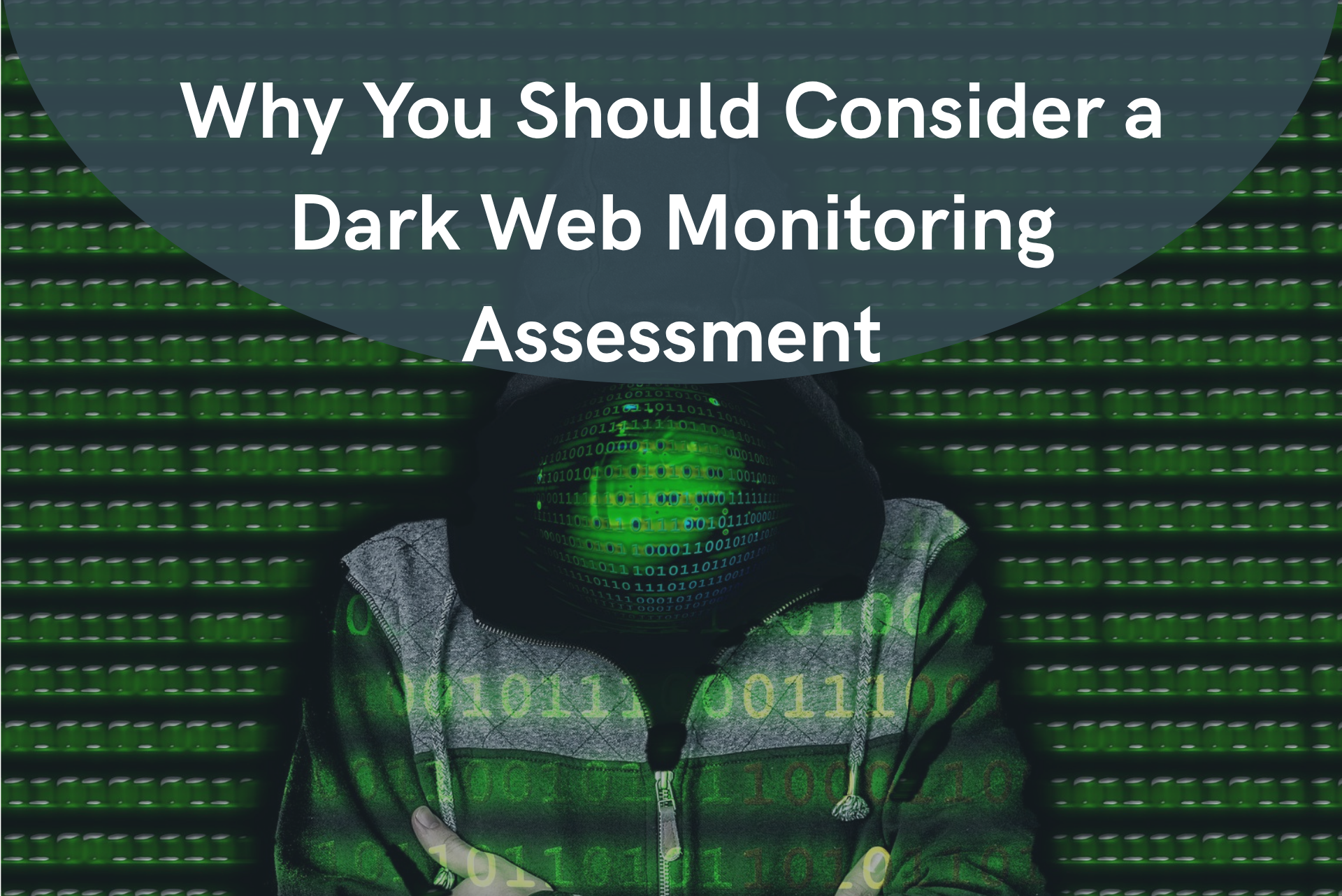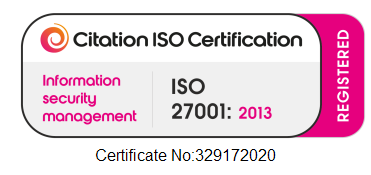October 6, 2025
When news broke earlier this year that Jaguar Land Rover (JLR) had been forced to halt production at multiple UK plants due to a cyberattack on one of its suppliers, it sent shockwaves through the business community. The attack didn’t directly target JLR itself, but rather a critical part of its supply chain, yet the consequences were immediate, costly, and highly visible. For organisations of every size, from global manufacturers to SMEs and charities, the lesson is clear: your cyber resilience is only as strong as the weakest link in your supply chain. What Happened at Jaguar Land Rover? The disruption at JLR stemmed from an attack on a third-party supplier that produced key electronic modules used across its vehicle range. When the supplier’s systems were compromised, they were unable to deliver components on schedule. JLR had no choice but to suspend production temporarily, sending thousands of workers home and losing millions in revenue each day. Customers faced delays, dealers had shortages, and brand reputation took a hit. This incident illustrates a truth many businesses are only just recognising: a cyberattack anywhere in your extended ecosystem can hit your bottom line just as hard as an attack on your own network. Why Are Supply Chain Attacks Increasing? Several factors make supply chain attacks attractive to cybercriminals: One breach, many victims: Compromising a supplier often provides access or leverage over multiple downstream organisations. Trust relationships: Businesses tend to grant suppliers higher levels of access or integration, making lateral movement easier once a breach occurs. Weaker security controls: Not every supplier has the same level of cyber maturity. Attackers deliberately target smaller or less well-resourced firms in the chain. Ransom leverage: Attackers know disruption to the supply chain can be so damaging that businesses may feel compelled to pay quickly to restore operations. Research from the UK’s National Cyber Security Centre (NCSC) shows that supply chain compromise is now one of the fastest-growing attack vectors. The JLR case won’t be the last high-profile example. The Real Risks for UK Businesses While a global car manufacturer makes the headlines, SMEs, care homes, housing trusts and non-profits are just as vulnerable. Consider the following risks: Operational disruption – inability to deliver services or products due to supplier outage. Data leakage – if a supplier holds or processes your customer data, a breach could expose you to regulatory fines. Financial loss – downtime, remediation, and reputational damage all carry a cost. Regulatory compliance – frameworks like GDPR and the Cyber Security & Resilience Bill place responsibility on you for the security of your data, even when processed by third parties. Ignoring these risks is no longer an option. How to Build Cyber Supply Chain Resilience? So, what practical steps can organisations take? Here are some best practices Cranborne recommends to our clients: 1. Map Your Supply Chain Start by identifying all your key suppliers, contractors, and service providers. Understand what systems or data they touch and how critical they are to your operations. Many businesses are surprised at just how many third-party relationships they depend on. 2. Assess Supplier Security Not all suppliers are equal. Carry out due diligence on their cyber posture. Do they have Cyber Essentials or ISO 27001 certification? Do they conduct regular penetration tests? Build these checks into your procurement process. 3. Contractual Safeguards Where possible, include security requirements in supplier contracts. Define expectations around data handling, breach notification, and compliance. Make sure there are consequences for non-compliance. 4. Continuous Monitoring Cyber risk is not a one-time exercise. Implement processes to regularly review supplier risk, update assessments, and track any incidents. Automated risk-scoring tools can help. 5. Incident Response Planning Assume that at some point, a supplier will suffer a breach. The key is to minimise impact. Have clear playbooks for how you will respond if a critical partner goes offline. Test those plans regularly. 6. Diversify Where Possible Avoid single points of failure. If one supplier provides a mission-critical service, explore whether an alternative source or backup arrangement is feasible. 7. Educate Your Team Procurement, finance, and operations teams all play a role in managing supplier risk. Make sure they understand what to look for and how to escalate concerns. Turning Risk into Opportunity Customers, investors, and regulators are all placing increasing emphasis on resilience and good governance. Demonstrating that you manage your supply chain risks effectively can strengthen your reputation, build trust, and open new opportunities. For SMEs in particular, achieving Cyber Essentials Plus certification and working with partners like Cranborne can also make you more attractive to larger customers who want assurance that their downstream supply chains are protected. How Cranborne Supports Cyber Essentials At Cranborne, we guide organisations through the Cyber Essentials and Cyber Essentials Plus certification process from start to finish. Our team helps you assess your current controls, identify gaps, and implement the technical and policy measures needed to meet the standard. Final Thoughts The Jaguar Land Rover incident is a wake-up call for all UK organisations. Even the biggest brands can be brought to a standstill by an attack outside their direct control. By taking proactive steps now, from mapping suppliers to embedding cyber requirements in contracts, businesses of every size can build greater resilience and reduce their exposure. At Cranborne, we work with organisations across healthcare, financial services, retail and non-profit sectors to strengthen their cyber resilience, including supply chain risk management. If you’d like to explore how we can support your organisation, get in touch with our team today.





